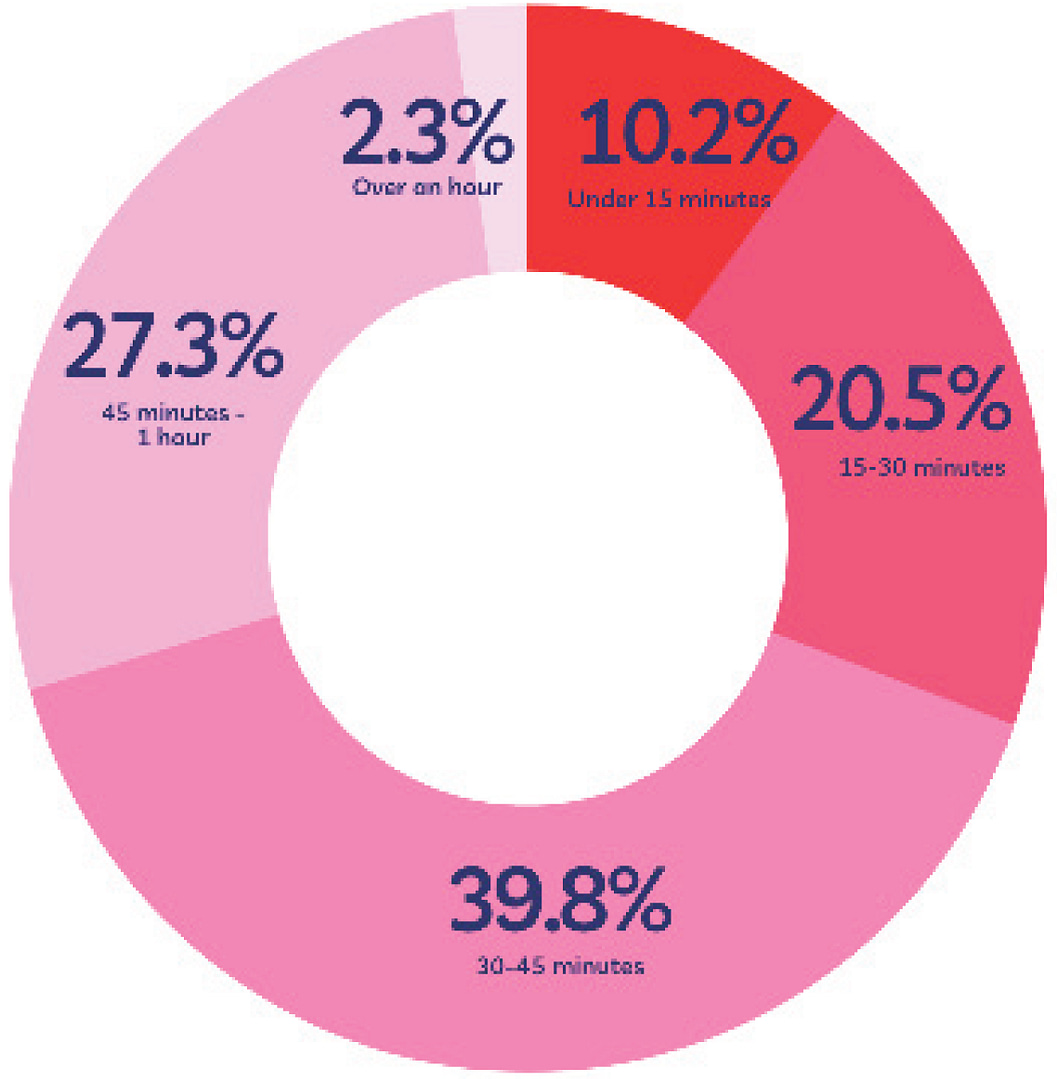For years, the SAT and ACT were important milestones in the high school experience. Juniors and seniors prayed they’d perform well so they could get into their top college choices. When people think of top colleges in the US, the UC system is the quintessence of quality higher education. The UC system is very competitive and sought after by students all over the nation and even internationally.
When the pandemic hit this year, one of the first questions high school students asked was, “What about the SAT?”
This already tumultuous year saw two huge changes in the UC college admissions policy.
In May of 2020, the University of California Board of Regents voted to eliminate the SAT/ACT as a requirement for admission. To make a transition period, they announced a test-optional policy for high school graduates in the class of 2021 and 2022. By 2023 it would be eliminated from consideration. If that wasn’t momentous on its own, a California judge ruled in September that this test-optional policy was unfair to those with disabilities. During the pandemic, students with disabilities couldn’t gain access to the testing locations where the SAT/ACT would be held.
For many people, these historic changes are long overdue. For others, however, there is disappointment and anger that they are being robbed of an opportunity to prove themselves. Standardized tests have always been controversial. I appreciate both sides of the argument, but I think that they should still be a factor in the college admissions process.
There have been many complaints about the SAT being biased against race, class and gender, so the College Board (the company that administers the SAT) has been putting in measures to address this issue. According to an article published by Rolling Stone, the chief executive officer of the College Board, David Coleman, said to the AP, “We’ve got to admit the truth, that wealth inequality has progressed to such a degree that it isn’t fair to look at test scores alone.”
Their solution is a system called the Adversity Score. It is a way to factor students’ backgrounds into their test scores. To illustrate, some of the relevant factors are the crime rate in their neighborhood, the academic rigor of their high schools, and their socioeconomic status. So, a low score would not count against students if they live in a challenging situation. Some people think this is a good way to level the playing field, but others don’t think a standardized test should be curved. I agree with this because some people don’t perform well on tests, so they should be curved in favor of those who score lower.
Standardized tests should be fair, but there are people who live an opulent lifestyle and can afford such resources as a tutor or multiple retakes. This makes it unfair for other test-takers. Then there are the people who come from public schools who, if they do well on the test, will be able to prove themselves despite their inferior education.
What we as a society should do is keep these tests in circulation, and schools should provide SAT tutoring for free. This is because the test gives opportunities for students who don’t have equal footing in other schools to prove themselves.
For example, two students, a Loyola High School student, and a Venice High School student are applying to LMU. Since Loyola is a well-established, academically rigorous, very respectable school, the one with A’s and B’s from Loyola would more likely get accepted than a straight-A student from Venice HS because of Loyola’s prestige. A standardized test is a relatively objective measure of ability.
With all of these factors at play for a person’s admission to his or her dream school, the SAT/ACT should still be one of the factors that go into determining admission to a college.







Comments are closed.